We learned so many new and exciting things from ancient DNA in 2022. Our understanding of human migration, livelihood, and disease increased through the work scientists did this past year.
As we ring in 2023, we can look back on 2022 as done, over, and ancient history. And what we learned from ancient history made it a year for the books, literally. 2022 proved to be a monumental year for the field of ancient DNA (aDNA). New aDNA discoveries and publications have expanded our knowledge and understanding of ancient history.
These discoveries enriched FamilyTreeDNA’s ancient connections feature. For the first time ever, our genetic genealogy customers can connect with the thousands of ancient relatives that match their haplogroup and their part of the ancestral story.
A Record-breaking Year
In 2022, scholars published more than 50 new aDNA articles. During that process, they analyzed more than 2,000 ancient genomes. That’s more than any other year! This achievement demonstrates how DNA extraction and sequencing technology is always evolving. The more we discover, the easier it is to investigate the DNA of more people and older samples.
Some of the most impactful publications of the year included a trio of papers that came out in the early fall, led by Iosif Lazaridis and David Reich. Their team analyzed more than 700 palegenomes from across West Asia, the Caucasus region, Anatolia, and southern Europe, otherwise known as the Southern Arc. Their findings showed who some of the earliest farmers in the region were. They also discovered how groups arose and moved across the Middle East. They were able to show how vital the Southern Arc was in populating Central and South Asia, southern Europe, and North Africa.
Several hundred miles to the northeast Joscha Gretzinger, Johannes Krause, and their team analyzed 460 genomes from medieval Europeans. Their research included the largest study of historic English samples. What they found connected millions of people across the United Kingdom, North America, and beyond to the analyzed samples.
Every Corner of the World
But 2022 was not just about the vast quantity of new ancient genomes; it was about diversity as well. Dr. Yue-Chen Liu led a study of 164 individuals from several islands in Micronesia. The study included 153 samples from the islands of Guam and Saipan. Chen’s breakthrough study also included DNA from living participants. With this new method, the team gained a better understanding of population settlement and historical continuity in the area.
Across the globe in Sub-Saharan Africa, Mark Lipson, Mary Predegast, and their team were also studying aDNA. Their team analyzed 31 ancient genomes from regions across East Africa. They found an individual who belonged to the rare mitochondrial DNA haplogroup L7. The haplogroup had been discovered and named by FamilyTreeDNA researchers earlier that same year.
These two papers proved that aDNA can be studied collaboratively and ethically across tropical regions of the world where DNA does not usually survive well. 2022 showed the feasibility of studying tropical aDNA across vast areas of the globe.
Applications to Medicine
The list of 2022 aDNA accomplishments continues with a look at papers that analyzed the origin, evolution, and impact of ancient human pathogens. Early in the year, Meriam Guellil and her team analyzed the genome of an Anglo-Saxon plague victim. They identified the earliest evidence of bacterial meningitis, a disease that is still a major cause of infant mortality today. Their research is among a small group of projects that is using aDNA methods to understand the origins, spread, and impact of human pathogens on our history as a species in order to help us battle these diseases in the future.
Ancient DNA in 2023
This new year also shows promise with a new paper on Viking migrations and movement across northern Europe. To keep informed as these papers come out, sign up for our blog. Or check out Discover to see if you are connected to any of the ancient samples.




What happened to the Berber connection?
Your newest mix of my origins is in Opposition to the Ancient Euro Origins percentages I have. It shows me to be 25% Non-European (My Native American DNA). Then how can MyOrigins show me to be 83% European? MyOrigins is incorrect in my case. Ancestry and 23&Me show me to be 27.3 or 28 % NA, not only 17%